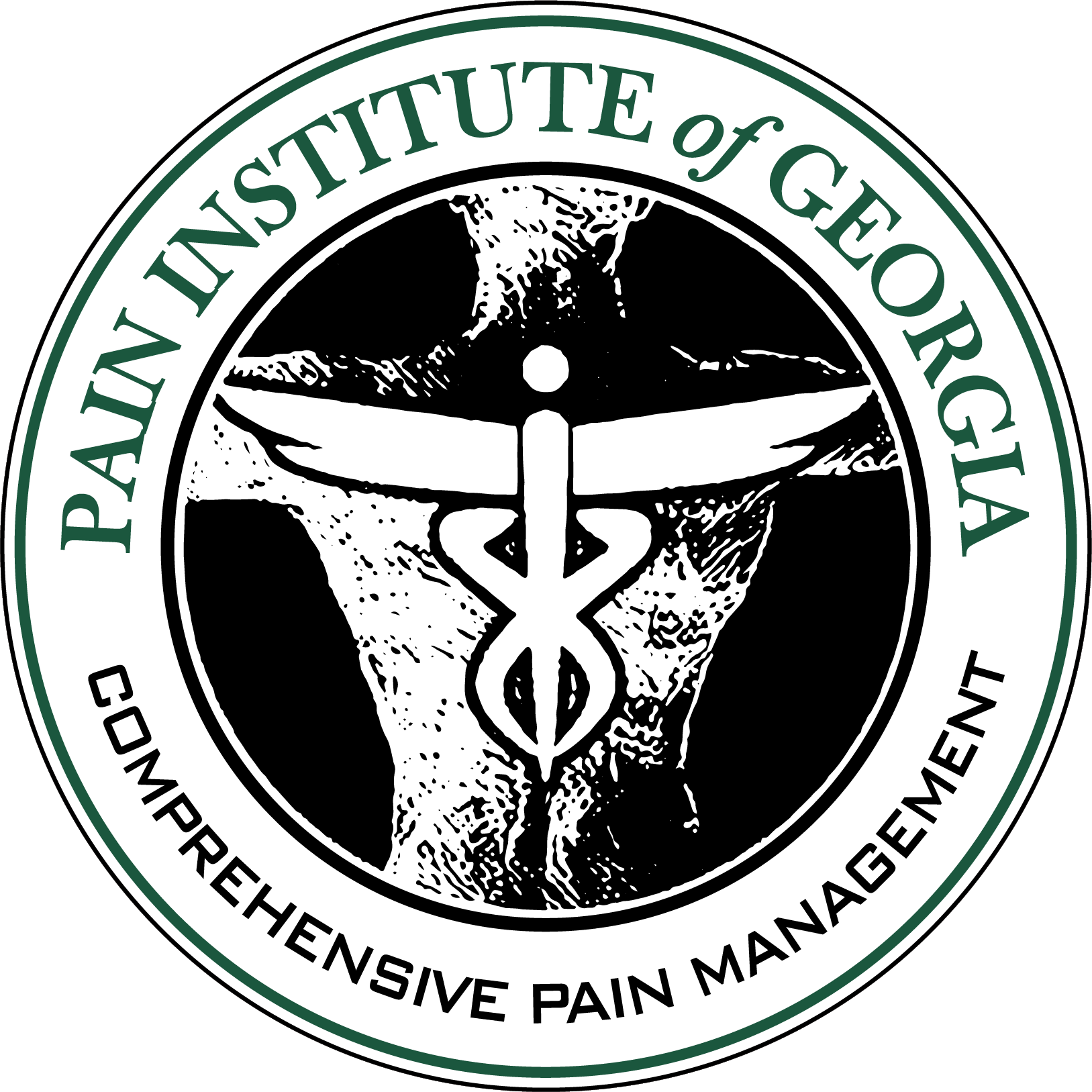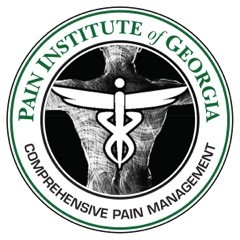
Pain under the shoulder blades can be a debilitating and frustrating condition that affects many individuals. It is often a challenge to identify the root cause of this pain, as it can be caused by a variety of factors, such as muscle strain, poor posture, or even underlying medical conditions.
However, with the help of advanced medical technology and effective treatment options offered at Pain Institute of Georgia, it is possible to alleviate and manage this pain. Uncover the hidden culprits behind pain under the shoulder blades and explore the most effective treatment options available.
Common Causes of Pain Under the Shoulder Blades
- Muscle Strain: Overuse or repetitive movements can strain the muscles surrounding the shoulder blades, leading to pain and discomfort. This can be common in individuals who participate in activities that require repetitive arm movements, such as overhead lifting or throwing sports.
- Poor Posture: Maintaining poor posture, such as slouching or hunching forward, can put strain on the muscles surrounding the shoulder blades, leading to pain. Poor posture can be a result of prolonged sitting, improper ergonomics, or muscular imbalances.
-
Rotator Cuff Injury: The rotator cuff is a group of muscles and tendons that surround the shoulder joint. Injury or inflammation to the rotator cuff can cause pain under the shoulder blades. This can be caused by repetitive motions, traumatic injury, or age-related degeneration.
-
Nerve Impingement: Compression or irritation of the nerves in the neck or upper back can cause referred pain under the shoulder blades. This can be a result of conditions such as herniated discs, spinal stenosis, or nerve entrapment syndromes.
- Gallbladder Issues: Pain under the shoulder blades can sometimes be a symptom of gallbladder problems, such as gallstones or inflammation. These conditions can cause referred pain to the upper back and shoulders.
- Digestive Issues: Certain digestive conditions, such as acid reflux or hiatal hernia, can cause pain under the shoulder blades. This is referred pain that occurs due to the proximity of the nerves in the diaphragm to the shoulder blades.
Treatment approaches for pain under the shoulder blades will depend on the underlying cause. Get an accurate diagnosis and appropriate treatment plan from the pain professionals at Pain Institute of Georgia. Treatment may include medication, physical therapy, posture correction, lifestyle modifications, or, in some cases, surgical intervention. By addressing the underlying cause of the pain, individuals can find relief and improve their shoulder function. In the next section, we will explore effective treatment approaches for pain under the shoulder blades.
Effective Treatment Options
Once the underlying cause of shoulder blade pain has been identified from the experienced professional, at Pain Institute of Georgia, an effective treatment plan can be customized for the individual. The choice of treatment will depend on the specific cause and severity of the pain. Here are five common treatment options for shoulder blade pain:
- Physical therapy: Physical therapy is often recommended to address shoulder blade pain caused by muscle imbalances, poor posture, or overuse injuries. Our physical therapists at Pain Institute of Georgia, can create a personalized exercise program to strengthen weak muscles, improve flexibility, and correct posture. They may also use techniques such as manual therapy. Aquatic therapy, and ultrasound to alleviate pain and promote healing.
- Pain medication: Over-the-counter pain medications, such as non-steroidal anti-inflammatory drugs (NSAIDs), can help manage mild to moderate shoulder blade pain. In some cases, healthcare professionals may prescribe stronger pain medications or muscle relaxants for more severe pain.
- Heat and cold therapy: Applying heat or cold packs to the affected area can provide temporary relief from shoulder blade pain. Heat therapy helps to relax muscles and improve blood flow, while cold therapy reduces inflammation and numbs the area. Alternating between heat and cold therapy may be beneficial for some individuals.
- Injection therapy: If conservative treatments do not effectively relieve shoulder blade pain, injection therapy may be considered. Corticosteroid injections can deliver anti-inflammatory medication directly to the source of pain, providing more targeted relief.
- Surgical intervention: In rare cases where shoulder blade pain is caused by structural abnormalities or severe injuries, surgical intervention may be necessary. Surgery can address issues such as rotator cuff tears, fractures, or nerve impingements that may be contributing to the pain. The healthcare professionals, at Pain Institute of Georgia, will carefully evaluate the need for surgery and discuss the potential risks and benefits with the patient.

